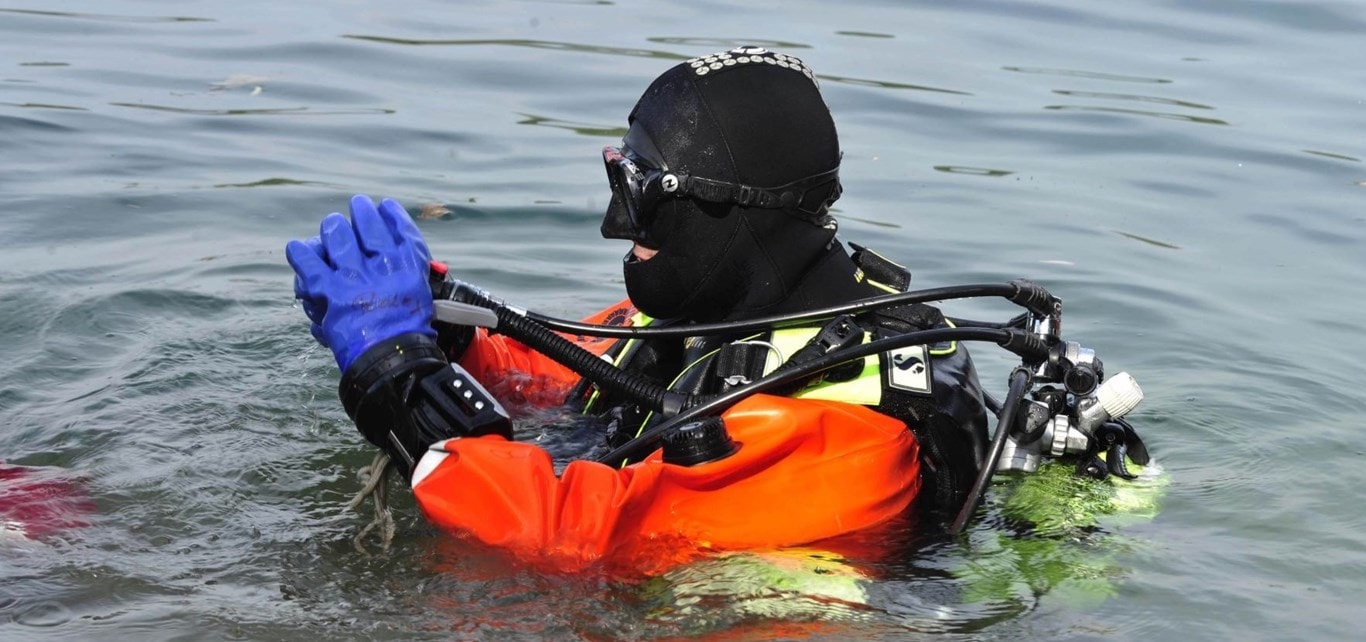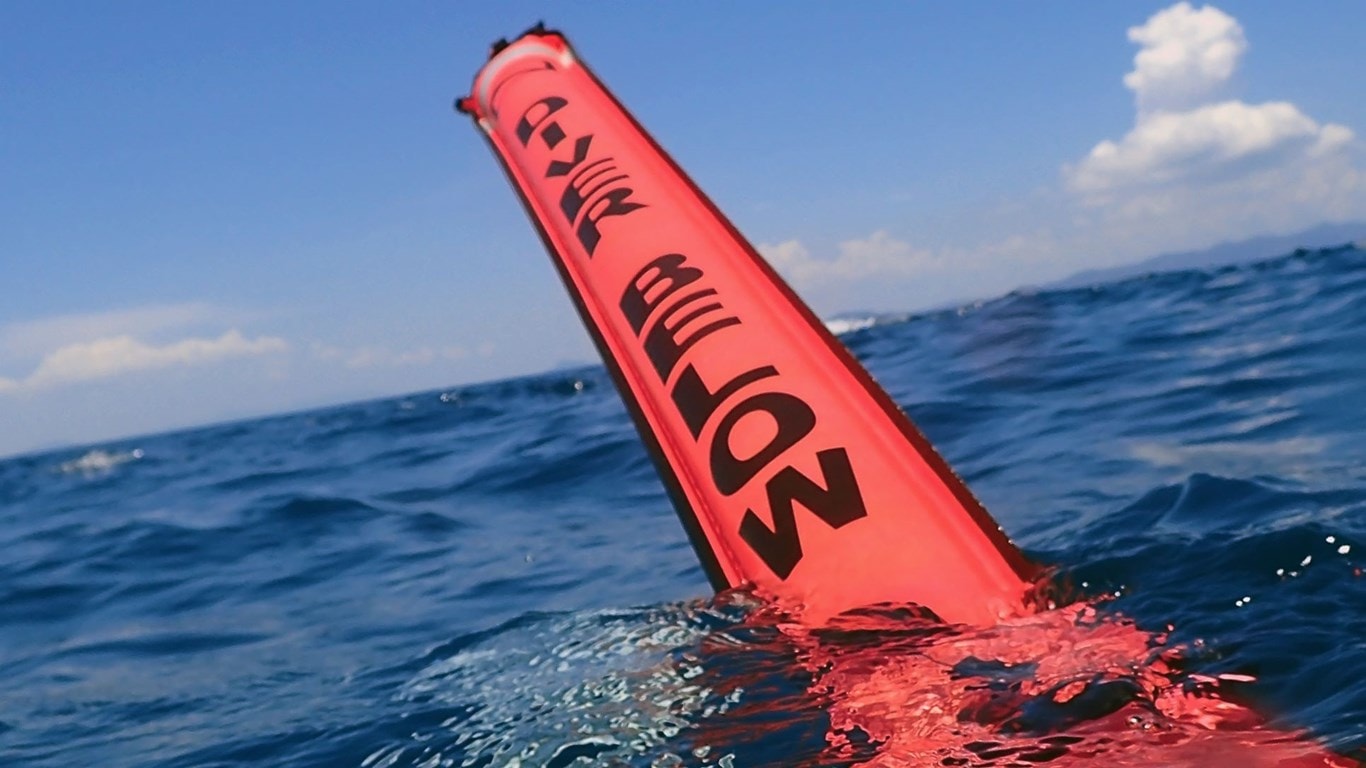Underwater Hull Cleaning - Risks and Precautions Associated with Diving Operations
Underwater hull cleaning operations are critical for maintaining the performance and efficiency of a ship. It is foreseeable that recently implemented emissions reduction Regulations (EEXI and CII) will lead to the need for an increase in the frequency of underwater hull cleaning operations to prevent the build-up of residues on the hull which reduces the ship's efficiency by increasing its fuel consumption and exhaust gas emissions.
The Club is noticing an increasing trend of accidents during these operations where divers have suffered injuries and fatalities. Furthermore, in other incidents, there have been plausible indications that ships are also being exposed to illicit activities, such as drug smuggling while undergoing hull cleaning.
We will briefly discuss the general risks and precautions a ship's crew should take when divers are doing underwater hull cleaning operations to mitigate the ship's exposure to such events.

Key Risks:
- Drowning from the divers running out of air or their breathing apparatus malfunctions.
- Decompression sickness, also known as the bends, occurs when nitrogen bubbles form in the bloodstream due to rapid changes in pressure during ascent. The risk of divers' exposure to the bends is not just restricted to deeper dives of more than 9.1 meters but can happen in shallow water; usually, when deeper than 3.0 meters for more than 30 minutes and a diver then surfaces too quickly.
- Entanglement or entrapment where the divers' equipment, such as hoses and cables, or they themselves become caught in the ship's propellers, rudder, thrusters, and inlets/outlets leading to the diver being trapped or immobilised underwater. This can result in injury or even death if they cannot free themselves in time. Additionally, if the diver is wearing a breathing apparatus, entrapment can cause them to run out of air, leading to a potentially life-threatening situation.
- Suction hazards created by the powerful suction force of the ship's intake systems can pose a significant risk to divers. If a diver is too close to the suction area, they can be pulled into the opening, causing injury or drowning.
- Electrical hazards from electric systems that power and service underwater cleaning appliances can cause electrical shocks if they are faulty and the divers come into contact with them, or they sustain damages during operations. Furthermore, when a ship's hull is fitted with an impressed current cathodic protection system (ICCP) or similar arrangements, these can pose an electrical hazard if not shut down before the diving starts.
- Marine life can pose a risk as divers may encounter marine animals that can be dangerous, such as sharks or jellyfish.
- Slippery surfaces can also increase the risk of injuries as the ship's hull components can be slippery, particularly when wet, making it challenging for divers to maintain their balance.
- Poor underwater visibility and adverse weather conditions can make underwater hull cleaning operations dangerous, as the divers may not be able to see potential hazards or navigate around the hull effectively. In addition, strong winds or heavy seas can increase the risks associated with the operation.
- Water ingress through the underwater inlet/outlet systems from damage or improper maintenance can allow water to enter the ship's machinery spaces, causing damage or flooding. The divers should be aware of the conditions of these systems and report any damage or issues to the ship's crew.
- Environmental contamination during the cleaning of the underwater hull surfaces and components from when the divers inadvertently release contaminants such as oil or other chemicals into the surrounding water, which can harm marine life and the environment.
- Illicit activities, such as smuggling or sabotage, where illegal items or substances are placed on the hull, or there is tampering with the ship's structure in a way that could cause damage or compromises its integrity.
Precautions:
- Ensure that the divers are appropriately qualified and experienced in underwater cleaning operations, meaning that they should have the appropriate certifications and licenses and adequate training and experience.
- Conduct a pre-dive briefing to discuss the dive plan on the bridge with the ship's deck and engine crews and divers. This must be done to agree and understand the overall cleaning program, the change of the divers' positioning along the hull's underwater profile, i.e., from fore to aft, port to starboard or vice versa, the potential hazards, and the emergency procedures. In addition, the briefing should cover the diving equipment, the contingency plans in an emergency and the communication protocols, including verbal exchange frequency, e.g., every 10 minutes and a phrase that confirms and prompts an immediate emergency shutdown.
- Complete the designated permit to work for the operation, which provides a structured framework and involves a comprehensive review of the planned diving activities, identification of potential hazards, and a detailed risk assessment. The crew must also ensure that all necessary safety equipment is in place and operational and all personnel involved are adequately trained and equipped to carry out their duties before the dive begins.
- Establish a safe working zone around the cleaning area by setting up barriers to prevent other crew members or equipment from interfering with the cleaning process. The zone should be marked with buoys or other markers to ensure the divers know the boundaries.
- Verify that no suctions, discharges, or mechanical or electrical equipment, such as propellers, thrusters, stability fins, ICCPs etc., are operational in the dive area through the use of Lock-Out-Tag-Out (LOTO) protocols by the ship's engineers.
- Ensure that all the vessels engaged in the underwater operations are displaying the appropriate day and night signals per the requirements of COLREGS.
- Before starting the cleaning operation, the ship's crew should identify and mark the location of all inlets/outlets on the hull, ensuring that the divers are aware of their location and can avoid them while cleaning. Furthermore, there needs to be visual location referencing of the sea chests etc., from deck level for the dive boat's crew.

Precautions (continued):
- Close all sea suction valves and stop any pumps or machinery that may cause suction around the hull. However, where the necessity requires the continuous operation of seawater intake/outtake systems, a sequence of deactivation on the diving work side should be undertaken with the switchover process planned well in advance, then communicated to and agreed upon with the divers. This will prevent the divers from being pulled towards the sea suctions during the cleaning operation.
- After the cleaning around the inlet/outlet systems is complete, the ship's crew should inspect the internal and surrounding inboard areas to ensure they have not been damaged during the cleaning process.
- Monitor weather conditions and postpone the cleaning operation if conditions are unfavourable, such as high winds or rough seas.
- Provide sufficient lighting around the cleaning area to enable the divers to work safely and efficiently.
- Monitor the dive boat continuously from the ship's deck level, always having a clear line of sight during the operations. The crew must keep a watchful eye on the boat's location, position, and movement, thus ensuring that the diving operation runs smoothly and safely, and they are ready to respond promptly and assist the divers in an emergency.
- Ensure there are proper methods and regular communication between all divers and the ship's crew involved in the cleaning operation using agreed hand signals, radios, or other communication devices to ensure everyone knows the cleaning progress and potential hazards.
- Divers should work in pairs, with one diver cleaning and another watching for potential hazards, such as approaching currents, dangerous marine life, or other nearby ships. The ship's crew should regularly monitor the divers' progress, communicate any dangers they observe and be ready to assist if necessary.
- Regularly check the monitoring of the divers' health during the cleaning operation and look out for signs of fatigue, dehydration, or any other health-related issues that may arise.
- Be aware of environmental concerns and ensure that the cleaning process does not harm marine life or damage the environment, including following local regulations and guidelines for underwater cleaning operations.
- Maintain tight security and closely monitor all the activities related to the underwater cleaning operations by including screening and vetting all personnel involved in the operations, conducting regular inspections of the ship's hull, and implementing strict access controls to the ship's facilities. Additionally, the ship's crew should be vigilant for any signs of suspicious or unusual activities and report them to the appropriate authorities immediately.
In conclusion, underwater hull cleaning operations carry several risks that the ship's crew should be aware of to ensure the safety of everyone involved. However, by taking appropriate precautions and adhering to safety protocols, the ship's crew can help to minimise these risks and ensure that the operation is carried out safely and efficiently. In addition, regular risk assessments and training programs can help the crew to identify and mitigate the risks associated with these operations.
